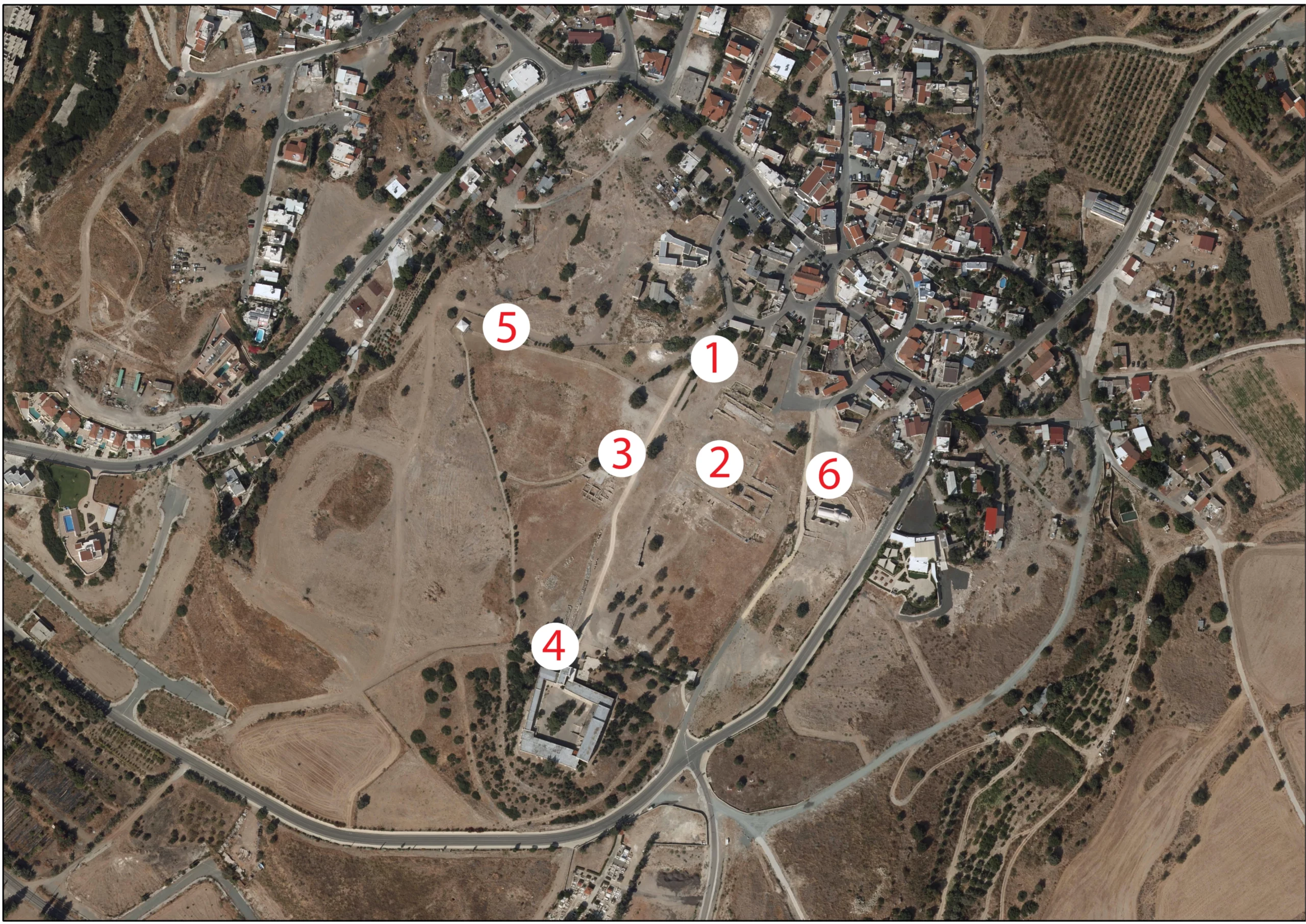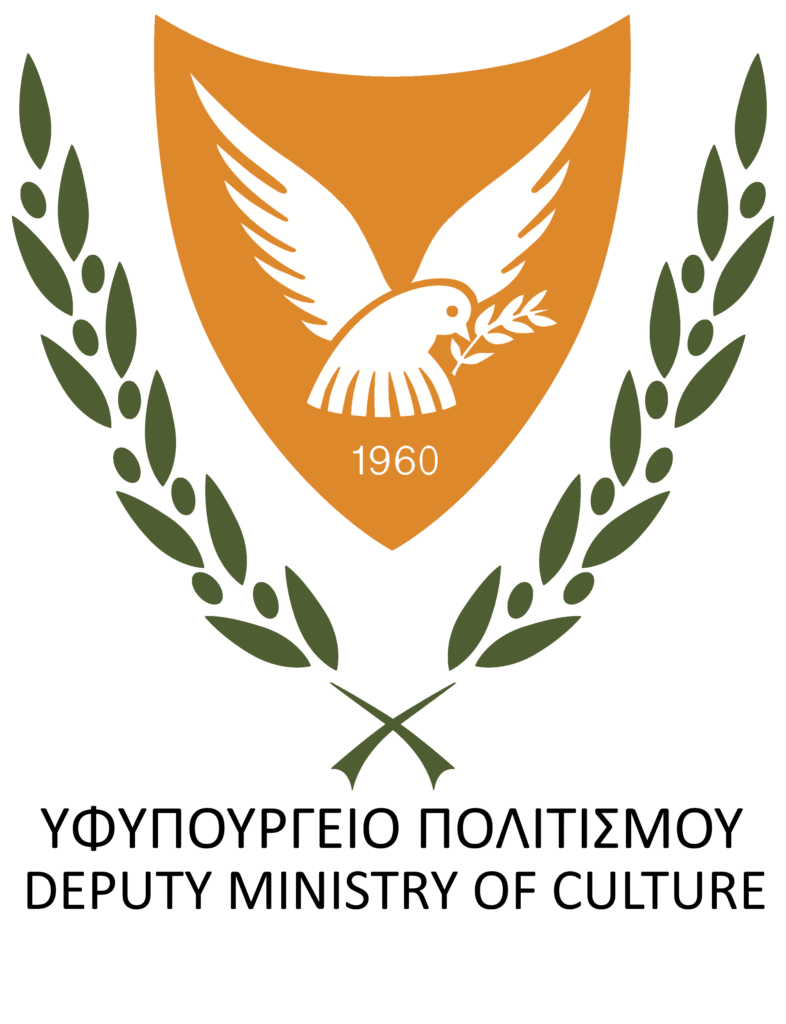DESCRIPTION:
To the east of the sanctuary of Aphrodite, just a short distance away, lies the church of Panagia Katholiki. The original structure, to which the eastern half of the church belongs to, was cross-shaped and was constructed in the 12th or 13th century AD. The church took its current form as a single-aisled structure with a dome in the 16th century AD.
The church is enclosed by a small, now-ruined cloister, once used as a cemetery, with arched openings. Inside the church, several faded frescoes are preserved, showcasing the traditional Byzantine folk style of the 15th century. On the dome, Christ is depicted, surrounded by the twelve apostles and, beneath them, a frieze of prophets. To the right of the iconostasis, Saint Therapon is portrayed. On the north wall, the Birth of the Virgin Mary is depicted, and a fragmentary fresco of Saint George on horseback with another rider. On the opposite side, the benefactor of the church is depicted. To the west, a scene from the Last Judgement is depicted, featuring the Tigris and Euphrates rivers following an unusual artistic representation.
The site seems to have maintained its significance from antiquity to the present day. The uninterrupted use of the site as a religious centre—from the worship of the goddess Aphrodite to Christianity—demonstrates how people shape the landscape, while the landscape itself also influences the people. For this exact reason the temple was originally called Panagia Aphroditissa. Later, the church was called Panagia Chrysopolitissa and at the end of the 19th century the church took its present name.

